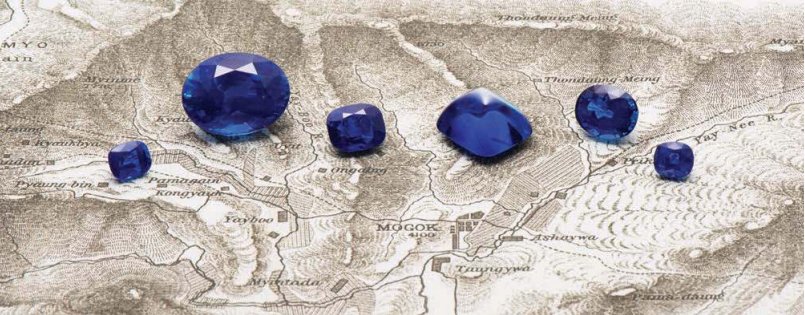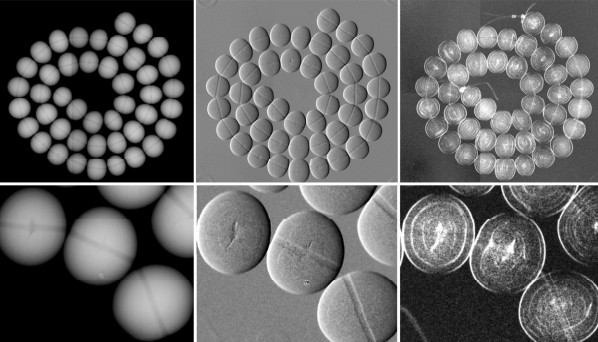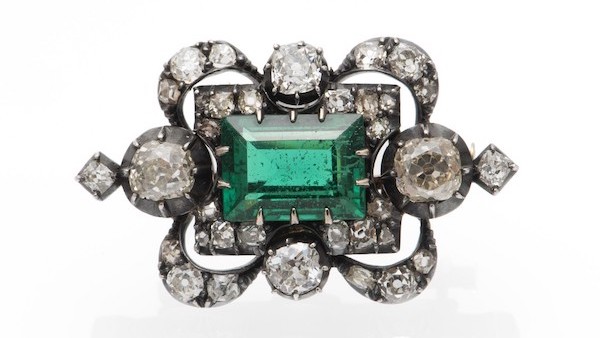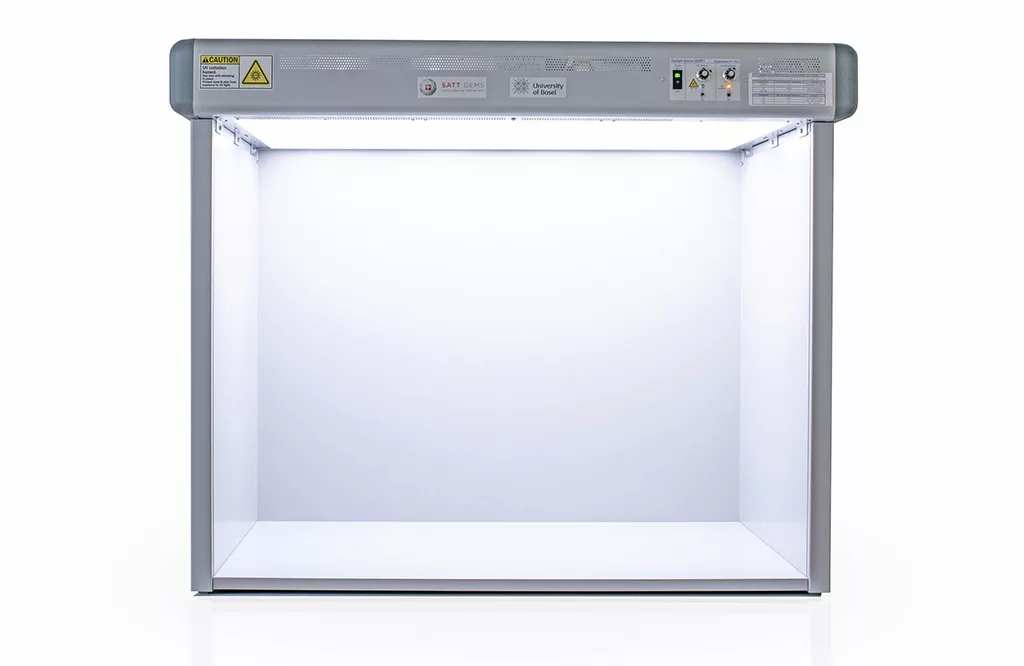
A new led daylight source for diamond colour grading
by Dr. L. Speich & J.-P. Chalain, first published in Facette 27 (June 2021)

In 2020, a novel light source for the colour grading of diamonds was developed in a collaboration between SSEF and the Department of Physics, University of Basel (see Figure 1). In contrast to many of the models on the market, the new light source uses state-of-the-art LED (Light Emitting Diode) lights instead of incandescent bulbs or fluorescent tubes to produce light very similar to natural daylight. It is compliant with the newly published standard ISO 24016 “Jewellery and precious metals – Grading polished diamonds – Terminology, classification and test methods” and, unlike most commercially available instruments, allows the addition of a customizable percentage of UV-light, for research purposes.
Current standard for diamond colour grading
Historically, diamonds were graded in daylight and while difficult, attempts were made to make the lighting as reproducible as possible. Sometimes impractical notions were proposed, such as facing northwards or colour grading only between 10 am and 2 pm, ideally in cloudy weather. Today, more convenient daylight equivalent artificial light sources are available and facilitate colour grading in a truly standardised setting.
The newly published standard ISO 24016 specifies the exact lighting conditions to be used for colour grading of diamond, such as colour temperature, intensity and distance of the stone in question to the light source. Additionally, the standard states that reflections and distractions from the environment should be avoided. Cabinets for colour grading are thus normally painted in a neutral colour such as grey. Our new light source, while adhering to the conditions stated above, benefits from using modern LED lights.
Advantages of LED
Conventional LED typically emit large amounts of blue and yellow-green light and their emission spectrum shows a gap in the blue-green, while natural daylight possesses a more continuous spectrum (Figure 1). This discrepancy can lead to differences in perceived colour when such light is used in judging the colour of gemstones. Hence, filtered incandescent light is often used in commercially available lighting for colour evaluation.
LED lights consume only a fraction of the energy of incandescent bulbs and produce very little heat. They provide a stable light output and require very little maintenance while having a very long lifespan (of the order of 100.000 hrs) – much longer than e.g. fluorescent lamps (Lamarre 2002, King et al. 2008). Furthermore, other light sources require a warmup period of several minutes before producing consistent light that meets the standard set out in ISO 24016 while the rise and fall time for LED is in the nanosecond range. These factors make LED very attractive and easy to work with in a laboratory environment.
Our new light source uses a new type of LED which produce a spectrum that is almost continuous over the wavelength range of visible light and is thus a good approximation of natural daylight resulting in a Colour Rendering Index (CRI) of 97. While the colour temperature and illuminance of the two lamps is comparable, the fluorescent lamp shown in figure 2 achieves a CRI of only 75%.
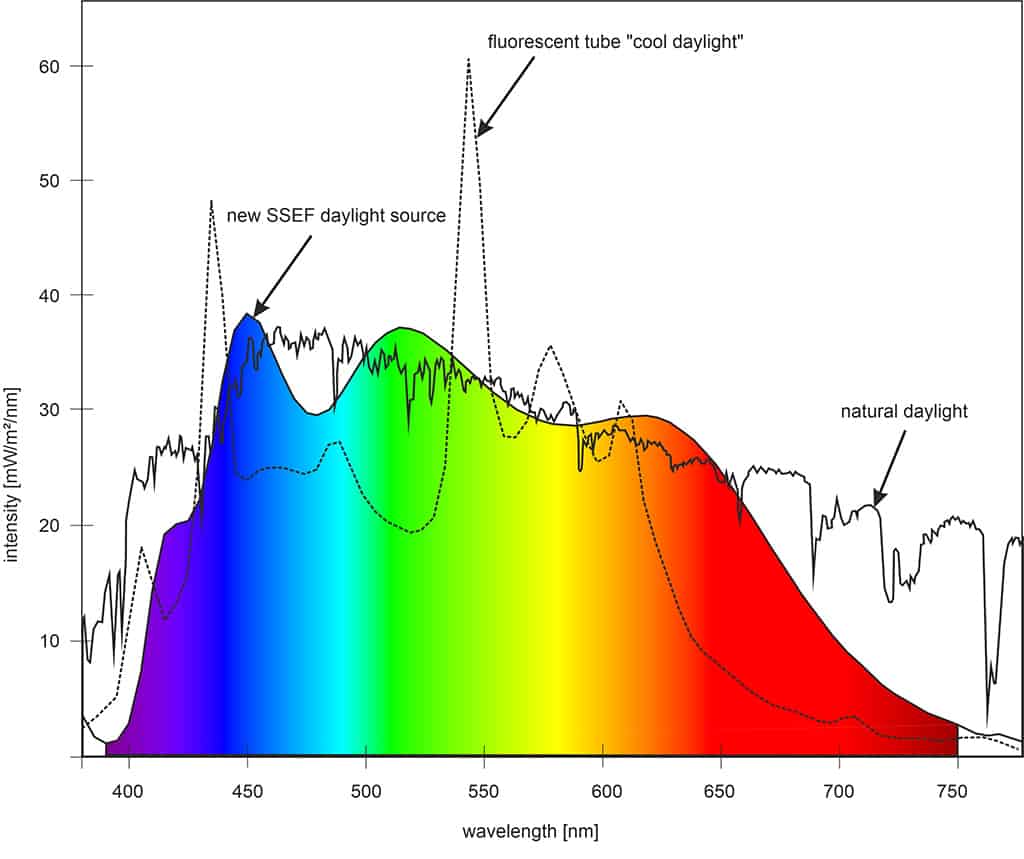
Complementary ultraviolet (UV) LED allows for the addition of calibrated amounts of UV-light. This is another step in approximating natural light since natural daylight extends into the lower wavelength ultraviolet (UV) region as well as containing visible light. This can even be observed when behind a window. Some gemstones, notably certain diamonds, can react to these small amounts of UV light and can show a bluish or milky appearance, an effect referred to as visible fluorescence. Similarly, rubies can show visible fluorescence that in turn can intensify their colour. With our new light source, we will be able to study this effect in a controlled environment and assess its implications on perceived colour in diamond as well as other gemstones.
This new innovative light box for colour grading will soon be available in different sizes through our subsidiary company SATT Gems.
GLOSSARY:
ISO 24016:2021
The ISO standard 24016 defines conditions and procedures for the grading of unmounted polished diamonds larger than 0.25 ct, including criteria for colour grading. It states that grading shall be carried out using a light source simulating D55 or D65 in a neutral viewing environment. Evaluation of colour is to be carried out with the stone 20 cm away from the light source, where the illuminance of the light source shall be 2200 lx.
CRI (Colour Rendering Index) – describes the ability of a light source to faithfully reproduce the colour of an object when compared to a standard light source. For light sources with colour temperatures above 5000 K, as is the case here, D65 is used as a reference. A value between 0 and 100 is assigned with CRI values near 100 meaning that the light source renders the colour of an object nearly as well as D65.
D55 and D65 – standard illuminants (theoretical light sources) defined by the International Commission on Illumination (CIE) to represent daylight. D65 is comparable to the average Western or Northern European daylight at noon and has a colour temperature of 6500 K, while D55 represents mid-morning or mid-afternoon daylight with a colour temperature of 5500 K.
Colour temperature – describes the proportion of ‘warmer’ red and yellow wavelengths versus ‘cooler’ blue wavelengths in a light source. A higher value means that the light source emits a higher proportion of ‘cooler’ wavelengths. The term is derived from physics where a temperature value in Kelvin (K) is given. It is based on the temperature of an ideal black-body radiator that would emit light comparable to the light source. Daylight, for example, varies in colour temperature from 5000 to 6500 K. The colour temperature of a light source can influence our perception of the colour of an object.
REFERENCES
ISO 24016:2020: Jewellery and precious metals — Grading polished diamonds — Terminology, classification and test methods.
Lamarre C.: Light emitting diodes as light sources in portable gemmological instruments, Journal of Gemmology 28 (2002), 169-174.
King J.M., Geurts R.H., Gilbertson A.M., Shigley J.E.: Color grading “D-to-Z” diamonds at the GIA laboratory, Gems & Gemmology, Vol. 44, No. 4 (2008), 296-321.
Want to learn more about diamonds?
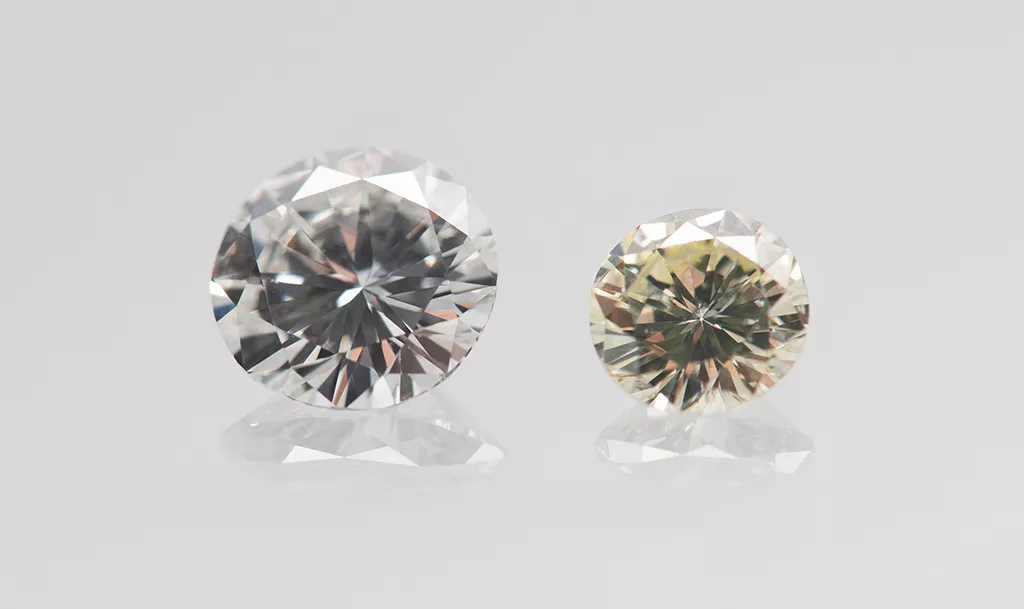
Sign up for our free online course: Introduction to diamonds
